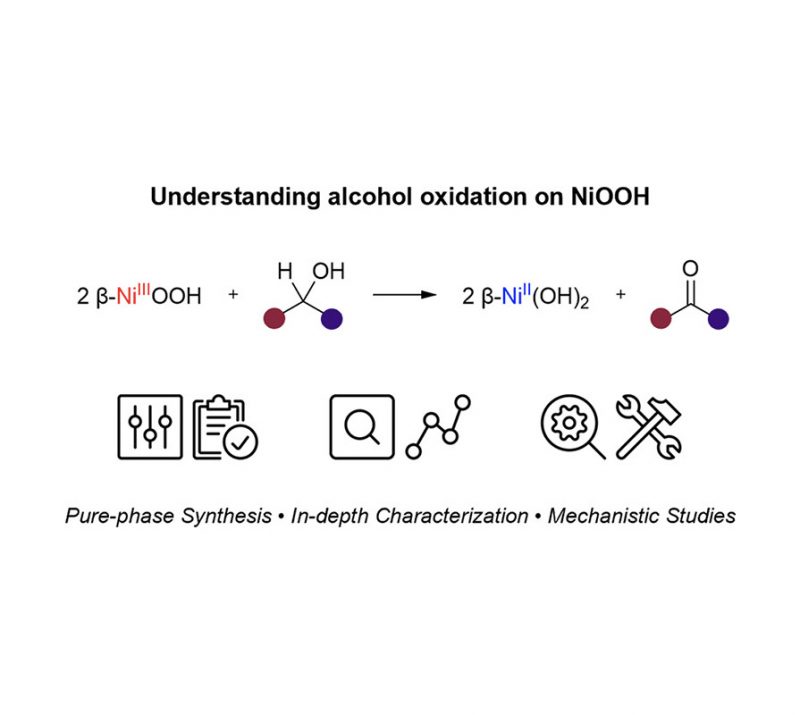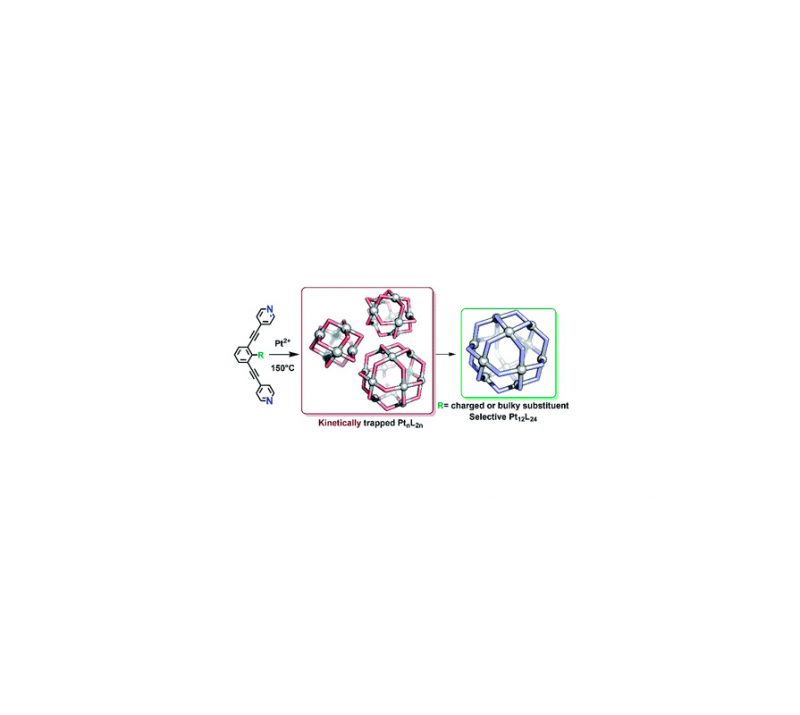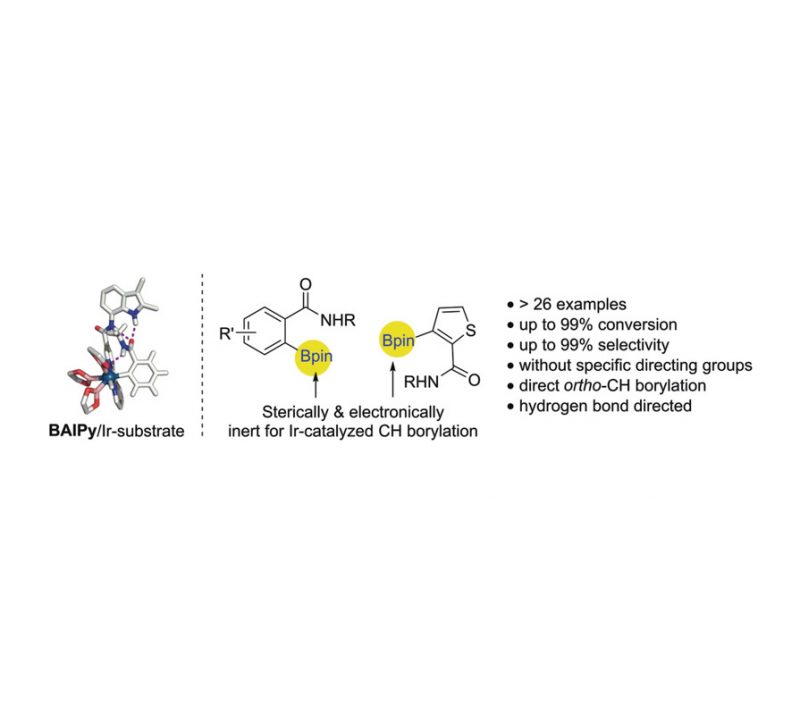Julien Daubignard, Martin Lutz, Remko J. Detz, Bas de Bruin, and Joost N. H. Reek
ACS Catalysis, (2019), 9(8), 7535-7547
DOI: 10.1021/acscatal.9b01809

Abstract
The reaction mechanism of the asymmetric hydrogenation of functionalized alkenes catalyzed by a supramolecular rhodium complex has been investigated. In-depth NMR analysis combined with X-ray crystal structure determination show that hydrogen bonds are formed between the catalyst and the substrate in the early stages of the mechanism. Detailed kinetic data obtained from UV–vis stopped-flow experiments and gas-uptake experiments confirm that the hydrogen bonds are playing a crucial role in the mechanism. A complete DFT study of the various competitive paths of the reaction mechanism allowed us to identify how these hydrogen bonds are involved in the determining steps of the reaction.



